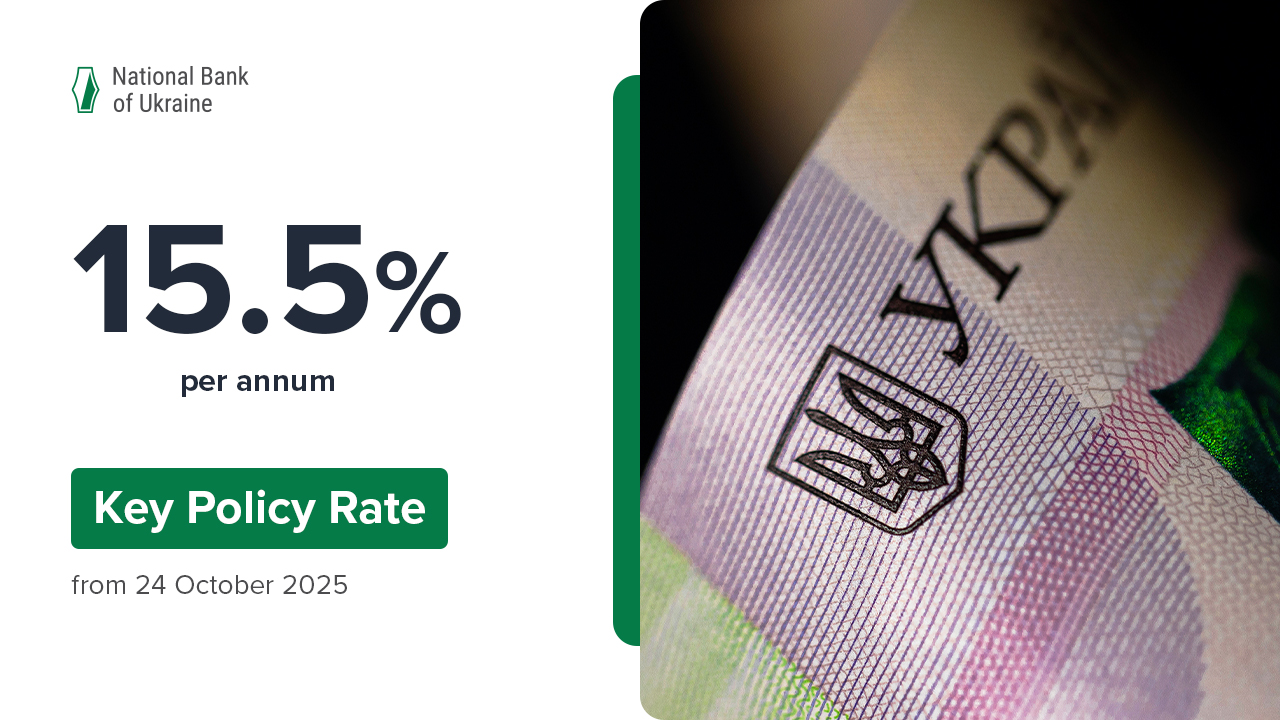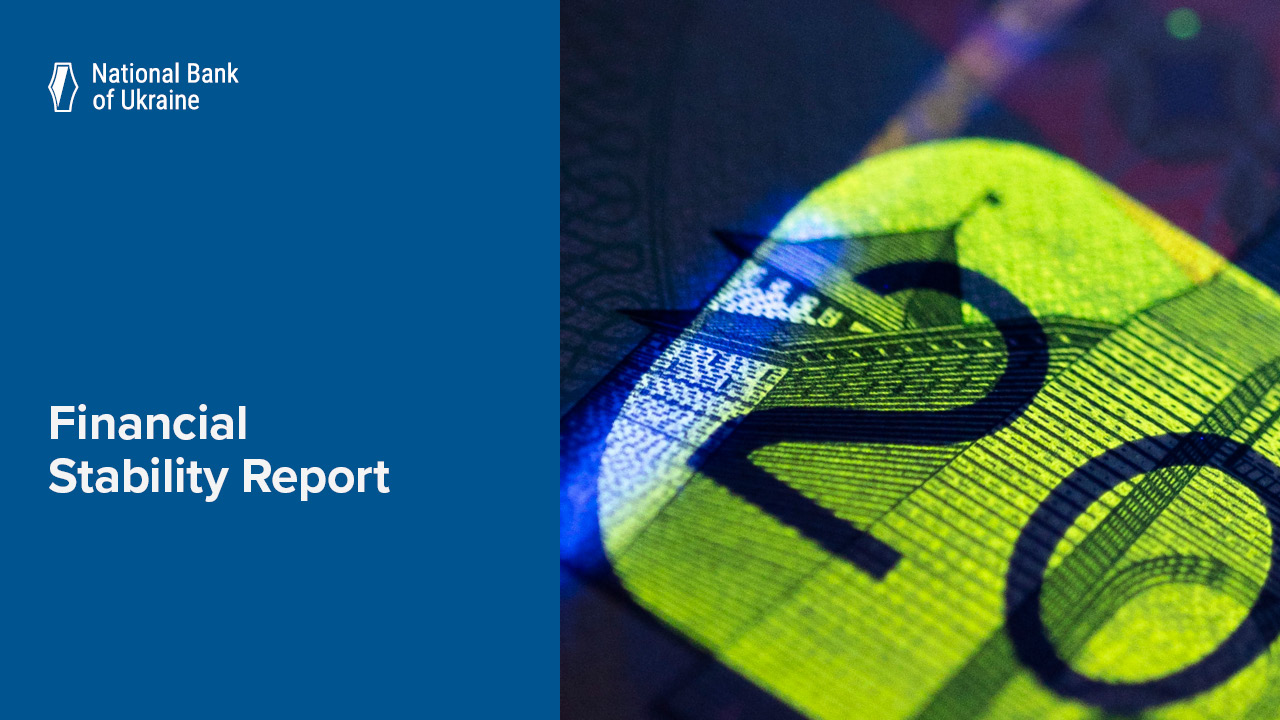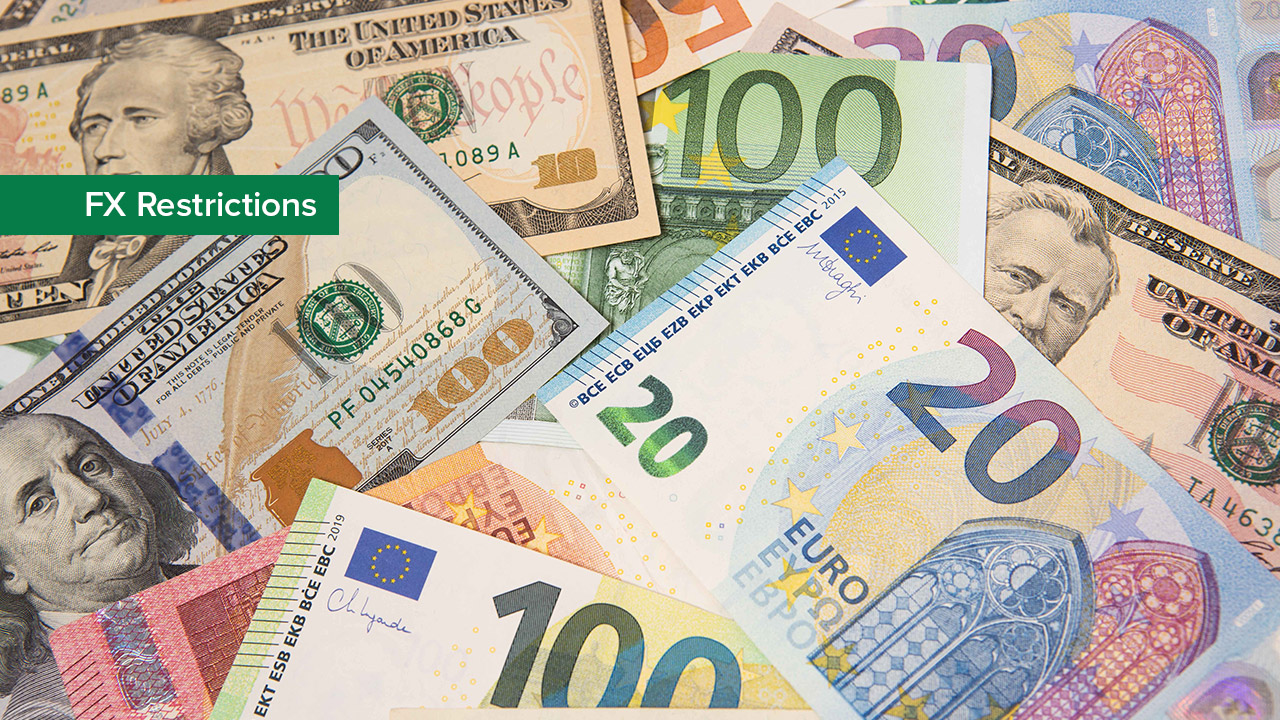The production of substrate or basis for manufacturing different banknote denominations is the first phase of the hryvnia creation process. This year Ukraine marks the 17th anniversary of putting hryvnia into circulation. The second phase of national currency production process that involves printing the offset designs on the front and back of the banknotes by using printing technology takes place at the Banknote Printing and Minting Works of the National Bank of Ukraine. When Mr Vasyl Ishchenko, Director of the Banknote Paper Mill (Malyn), was showing the mass media representatives around the Banknote Paper Mill, he described the phases of the production process to them.
"It is when banknote paper is being manufactured the foundations are laid for what makes banknotes durable and secure. The security features incorporated into the banknotes add value to them as they cannot be reproduced using standard printing methods. Banknote substrate manufacturing is a long and complex process that cannot be implemented at the conventional paper manufacturing facilities. Not every country across the world has manufacturing facilities, a broad base of expertise and experience required for banknote production," said Mr Vasyl Ishchenko.
According to the Director of the Banknote Paper Mill, the project implemented in 2010 to upgrade and renovate the existing manufacturing facilities enabled the plant to jump to the leading edge of technology and maximize its manufacturing potential, which is in no way inferior to that of other leading manufactures across the world. The renovation of manufacturing facilities allowed the plant to produce a new generation of banknote paper. Ukrainian money has high-tech security features and enjoys high durability. When the banknote paper is being manufactured, up to twelve security features (that are authenticated visually or with the aid of a special device and those that can be felt by touch) are incorporated into the banknotes.
Mr Vasyl Ishchenko has emphasized that the Banknote Paper Mill has state-of-the-art equipment produced in Germany, France, Italy, the United Kingdom and Finland. The use of automated processes ensures that the production process goes as smoothly as possible. The automated control system on the paper-making machinery coupled with the plant’s quality control system puts the plant on a par with leading manufactures in this industry.
The multi-tier quality control system is in place in all the stages of the production process at the Banknote Paper Mill, starting from the initial stage when raw material enters the production process until the final stage when the finished products are packaged. The certified laboratory at the Banknote Paper Mill is equipped with the state-of-the-art laboratory equipment capable of verifying whether a wide range of paper parameters meet high international standards.
"The Mill now has the capacity to produce over 3,100 tonnes of banknote and security paper annually. Laid end-to-end the amount of paper the Mill produces annually would wrap around the circumference of the earth. The entire length of paper the Mill has produced over 17 years would equal the distance between the Earth and Mars," Mr Vasyl Ishchenko has summarized.
For reference:
Ukrainian President Leonid Kuchma issued the Presidential Decree "On the Monetary Reform in Ukraine" on August 25, 1996.
Pursuant to the Presidential Decree, the monetary reform in our country was carried out on September 2 -16, 1996. On the first day of reform, prices, tariffs, salaries, pensions and allowances, funds held by enterprises in bank accounts, household deposits were set in hryvnia. Household deposits in karbovanets were converted into hryvnia deposits at a rate of 1 hryvnia = 100,000 karbovanets without any restrictions and confiscations.
During the transition period (15 days, September 2–16, 1996) both hryvnia and karbovanets were used in circulation, with a gradual withdrawal of the latter. The use of karbovanets for all kinds of payments was terminated after 16 September 1996 and the hryvnia became the only legal tender of payment within Ukraine. From the moment the reform was launched, cash disbursements (incl. those related to paying salaries, pensions, etc), as well as all cashless settlements were executed only in the new domestic currency.
The monetary reform in Ukraine was an event of great significance, as a result of which the domestic currency, one of the integral parts of statehood, was introduced.







